FAQ's
Frequently Asked Questions
Below are answers to some of the common questions we receive from future homeowners. They will help you understand our process, our documents, and how to move from selecting a plan to building your dream home.

We focus solely on residential design, so every plan is tailored for real families rather than generic construction. Each set is architect-reviewed, code-aware for the USA and Canada, and backed by live customer support. That combination of expertise, service, and builder-ready documents is what sets our dream house company apart.
Start by measuring your buildable area, taking into account any local setback rules. Next, filter our catalog by square footage, number of stories, and must-have features—such as a mudroom or home office. Finally, compare costs using our free "Cost to Build" estimator so you can select an affordable dream home without sacrificing the spaces you need.
Yes. All of our dream home floor plans can be modified—whether you want to expand a kitchen, swap bedroom locations, or add a garage bay. Inform our design team of the changes you need; they'll revise the layout and update the structural notes, ensuring your builder has accurate drawings.
Most plans feature high-resolution exterior images and at least one 3D interior rendering. Seeing your future home from multiple angles helps you visualize finishes and furniture placement, making it easier to decide which dream house plan with pictures feels right for you.
Standard sets include foundation details, dimensioned floor layouts, roof framing, exterior elevations, electrical plans, and general construction notes. Many also provide a materials list and energy-efficiency suggestions so you can hand a complete package to your contractor on day one.
Absolutely. Contemporary plans often feature open spans for flexible insulation, ample natural light to reduce daytime lighting loads, and rooflines ideal for solar panels. You can also request upgrades such as advanced wall assemblies, triple-pane windows, or heat-recovery ventilation for even greater efficiency.
Use our plan-specific "Cost to Build" tool to get a regional price range based on local labor and material rates. Then, share the blueprint with two or three licensed builders for line-item bids. Combining both numbers provides a realistic budget and helps you choose the most cost-effective solution for your dream home.
- Confirm zoning and permits: Take the blueprints to your local planning office for verification.
- Hire a builder: Select a licensed contractor and review the plan together to ensure a seamless project.
- Finalize site prep: Survey, excavate, and pour the foundation.
- Begin construction: Follow the drawings stage by stage—framing, mechanicals, finishes.


